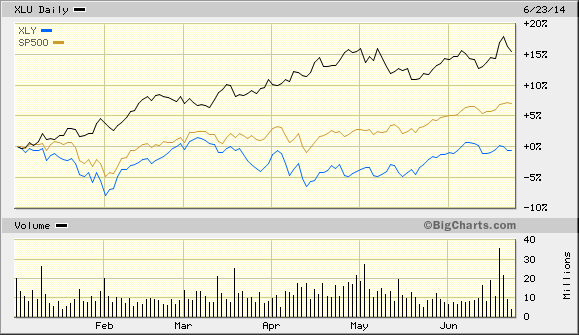Many of the word’s most respected economists projected the direction of interest rates at the start of the year. The average assessment? Experts collectively anticipated that the 10-year Treasury bond yield would rise from 3.03% to 3.41% by the end of 2014.
I didn’t see it.
For one thing, the well-being of real estate in a below-trend recovery largely depends on rate containment. Yet rising interest rates adversely impacted home sales in the 2nd half of 2013.  Second, the Federal Reserve has consistently underestimated economic growth in every year since it began purchasing bonds with electronic dollar credits in late 2008 (a.k.a. quantitative easing or “QEâ€). Understanding that Fed forecasts typically come up short, the leadership has the cover it needs to keep suppressing yields for the proverbial “extended period of time.†Remember, in the beginning of 2010, former chairman Ben Bernanke expected to raise short-term overnight lending rates by the third quarter of 2010. Instead, his committee members went the opposite direction, creating “QE2″ to dampen rates even further.
Third, taper or no taper, treasury yields have moved lower in every circumstance since 2008 when the monetary authority completely pulled away from stimulus activity. In the absence of Federal Reserve support, then, investors frequently look for the safest of harbors.
It follows that I expected rates to fall this year, and fall they have. I elaborated on the notion back in January in a feature, “Against the Herd: Lower Rates, Not Higher Rates, In 2014.â€
Near the half-way point of the year in late June, investors do not even seem to fret the notion of a sudden rise in interest rates. On the contrary. The best performing sector ETF has been SPDR Select Sector Utilities (XLU) — the ultimate rate-sensitive segment of the economy.The worst performer? Consumer Discretionary (XLY).

Of course, it has not just been a good year from the safety-first sector. A number of unique asset classes with above-average yields have endured both the naysayers and the non-believers.

